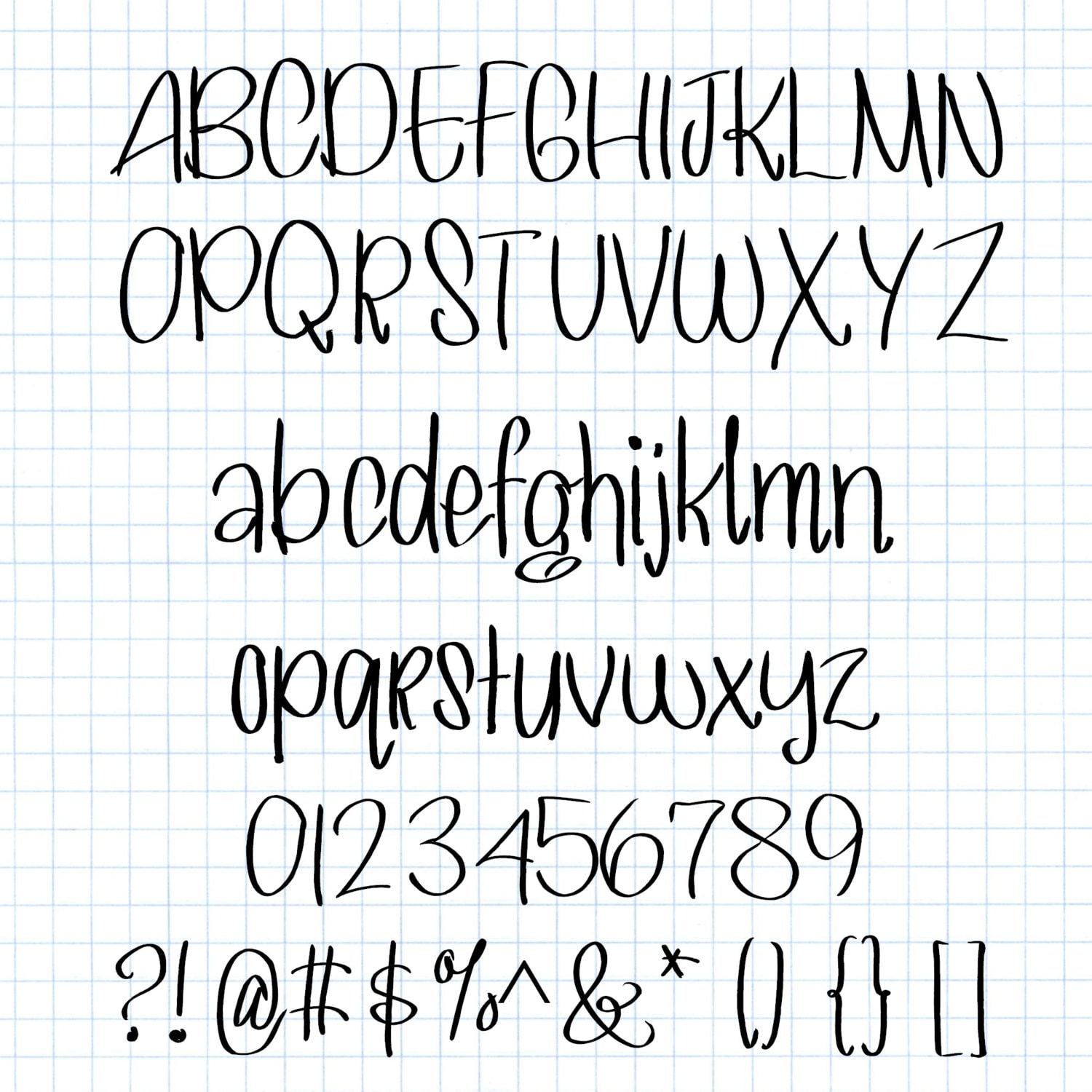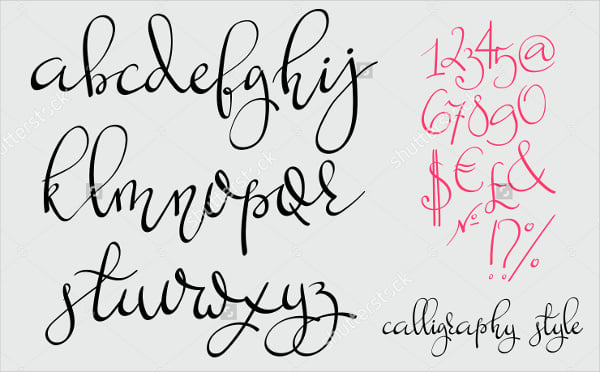

Some dyslexic people will have their own colour preference. Consider alternatives to white backgrounds for paper, computer and visual aids such as whiteboards.Avoid green and red/pink, as these colours are difficult for those who have colour vision deficiencies (colour blindness).Use dark coloured text on a light (not white) background.Use sufficient contrast levels between background and text.Avoid background patterns or pictures and distracting surrounds. Ensure hyperlinks look different from headings and normal text.


Alternatives include Verdana, Tahoma, Century Gothic, Trebuchet, Calibri, Open Sans. Use sans serif fonts, such as Arial and Comic Sans, as letters can appear less crowded.When making changes consider all the ways that you use written communications, such as emails, presentations, web pages and printed materials.Ĭonsider these principles in combination with other accessibility guidance such as the Web Accessibility Content Guidelines (WCAG). Adopting these principles for dyslexic readers has the advantage of making all written communication easier on the eye for everyone. This Style Guide provides principles that can help ensure that written material considers the difficulties experienced by some dyslexic people and allows for the use of text to speech to facilitate ease of reading.


 0 kommentar(er)
0 kommentar(er)
